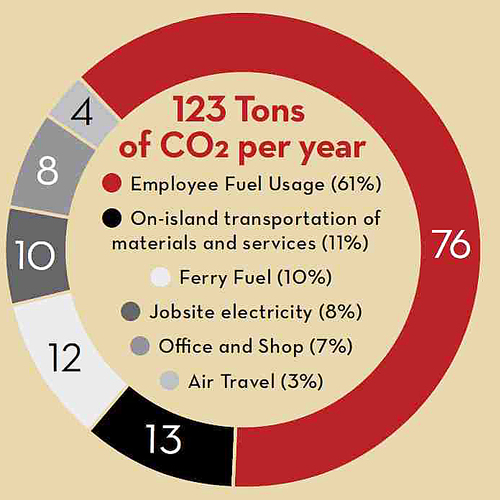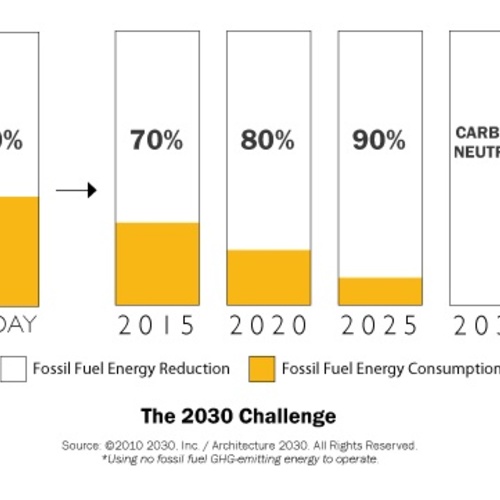Image Credit: 2009 RICS Global Zero Carbon Capacity Index
Image Credit: 2009 RICS Global Zero Carbon Capacity Index A breakdown of International Energy Agency data for the U.S., including “kilotons oil equivalent” (ktoe) per capita and the percentage of renewable-energy sources in the “total primary energy supply” (TPES). Residential energy per capita in tons of oil equivalent (toe) in 2007.
For the U.S., it’s like getting a C-plus on its carbon-reduction report card, to which the teacher has attached an admonishment: “Sam is definitely doing better, but still has lots of room for improvement!”
The “report card,” in this case, is the 2009 Royal Institute of Chartered Surveyors (RICS) Global Zero Carbon Capacity Index, which has been developed by the Environment Institute at University College London to track 34 countries’ progress toward reducing carbon emissions in their built environments. The index, also known as ZC2, is based on measures of energy consumption in the residential, commercial, and transportation sectors, and on implementation of national policies aimed at achieving zero-carbon performance.
UCL released the ZC2 for 2009 this week along with results for 2008 to show not only current rankings but year-over-year improvements or declines in each country’s standing. Norway’s performance pushed it to the top of the 2008 ranking, and its performance in 2009 kept it in first place. Right behind it are Brazil, the UK, China and Australia (which share 4th place), and New Zealand.
Researchers said they analyzed International Energy Agency data focused on three principal sets of indicators: 1) energy consumption associated with the residential, transportation, and tertiary (i.e. commercial and public services) sectors, since “the energy demand from these sectors is closely associated with the form, layout and structure of the built environment”; 2) progress toward “decarbonization” through the use of renewable energy as a “total primary energy supply” (TPES); 3) and an evaluation of the policy frameworks in place to promote carbon reductions in the built environment.
EU policies bearing fruit
The U.S. is in a lowly position in the ranking, currently sharing 25th place with Poland. It is just ahead of the Czech Republic, Hungary, Greece, and South Africa, and right behind Mexico, South Korea, Turkey, and Spain.
The five countries whose ranking improved the most are the Slovak Republic, which went from 26th place (which it shared with Canada) in 2008 to 20th in 2009; France, which went from 24th to 17th place; Germany, which went from 15th (tied with Turkey) to 9th place; and the U.S, which went from 30th to 25th place.
In general, UCL researchers note, countries in the European Union – including Austria, Denmark, Germany, Ireland, Italy, Norway, Portugal, Sweden, Switzerland, and the UK – ranked relatively high on the index chart, indicating that the EU’s ambitious carbon-reduction policies are prompting significant shifts in built-environment practices and behavior.
Weekly Newsletter
Get building science and energy efficiency advice, plus special offers, in your inbox.
















0 Comments
Log in or create an account to post a comment.
Sign up Log in